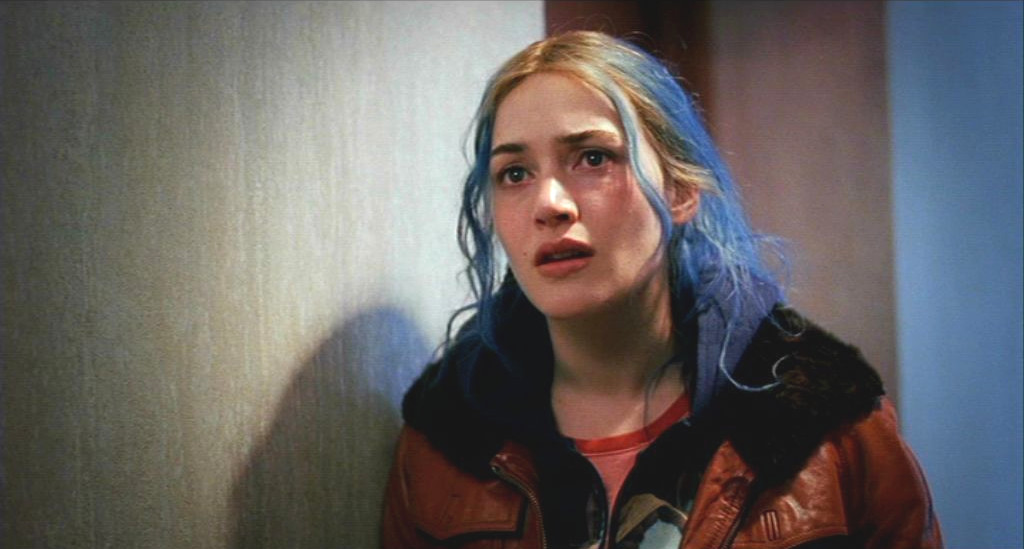
Arguably the most important component in any work of art is the story. Elements such as prose, brushstrokes, cinematography, choreography et al, although imperative in their own right, are different sets of tools that bear a supplementary role in service of a larger construct.
Keeping in mind the decisive part story plays, especially in mediums like literature and cinema, it is worthwhile familiarizing yourself with the different techniques that have gained popularity over time. A very basic distinction regards the crucial element of time and divides narratives between linear and nonlinear. The nonlinear narrative has been a staple of storytelling with the first recorded instances going back to Homer.
The most commonly used style of this narrative is in media res, a term denoting that a story begins in the middle of action. This has the advantage of keeping the viewer engaged and in a constant state of trying to figure out how the developments that take place fit into the glimpse of the future he or she is already privy to.
Today we will focus on films that successfully used in media res, starting a story from its (near) conclusion and attempt to explain why this worked so well. We will of course be discussing film endings so spoilers will be present.
10. Twelve Monkeys
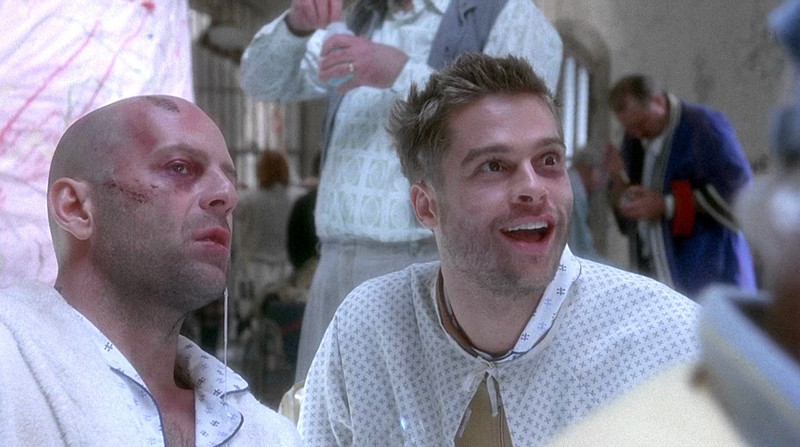
Heavily borrowing from the French short film La Jetée, Terry Gilliam’s Twelve Monkeys transports audiences to a post-apocalyptic future in which the remains of humanity try to employ time travel to prevent the biological hazard that was the cause of billions of deaths.
Although on paper the premise seems far from original, what makes Twelve Monkeys stand out from other films with similar traits, is the chaotic trance which the protagonists experience.
The film begins with a dream sequence which becomes a reoccurring theme; a child helplessly watching a man get shot at an airport, while a woman is rushing to his aid. The time travel element allows the film to alternate freely between past and present while audiences are left trying to connect the dots.
The significance of the organization of the 12 Monkeys serves as a finely-planned decoy and the subsequent revelation that the apocalyptic event cannot be stopped provides a refreshing twist to what we have come to expect. The same cannot be said about the discovery that the child in the opening sequence and the man shot are the same person, as science fiction aficionados have come to anticipate such events.
However this does not diminish the film’s redeeming qualities; Gilliam’s direction demonstrates a frantic vision, only to be topped by Brad Pitt’s insane performance which brings to life a character reminiscent of Tyler Durden on LSD.
9. Memento
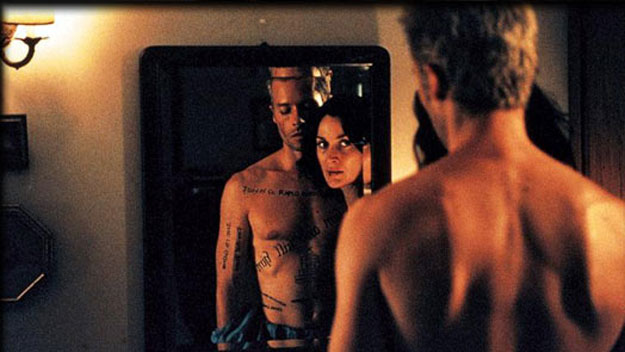
Such a complex film as Nolan’s Memento admittedly deserves a much higher spot on this list. The sole reason it is ranked as low is a mere technicality which stems from the nature of the film itself.
The ending we see before the credits roll is not the conclusion of the story, but more or less belongs in the middle of it. Putting this fine distinction on the backburner, Memento is a paragon of the importance of time in storytelling. To avoid further confusion, let us make a distinction now between the film’s ending and the story’s ending. So let’s delve into this.
Leonard suffers from a condition that does not allow him to produce new memories. Short term memories are never converted to long term ones, which makes the protagonist a captive to his past. The film starts with a scene shown in reverse action; a polaroid of a dead body un-developing.
Here lies sheer brilliance as this not only hints to the viewer that the story progresses backwards, but also because it serves as a metaphor for Leonard’s condition.
Memento’s timeline is difficult to explain and the best attempt has been made by Nolan himself using a hairpin structure with one side representing the black and white scenes and the other the colored ones. The film constantly cuts between the two, with flashbacks to two other stories taking place outside the film’s timespan (as if things were not complex enough already).
The true beauty of that opening scene is fully understood during the final shot of Leonard and Teddy arguing. This is the film’s ending and the scene that connects the two edges of the hairpin. It makes you realize that chronologically, Teddy is shot by Leonard at the story’s end and helps understand the gruesome motive behind it.
Had the truly unique narrative employed by Nolan not provided a rare distinction between the conclusions of film and story, Memento would surely be somewhere near the top of this list.
8. Grave of the Fireflies
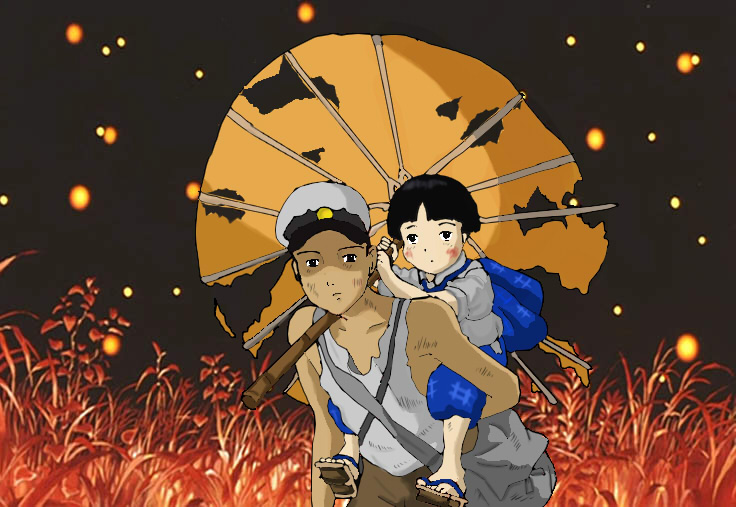
During the lowly beginnings of Ghibli nobody expected the animation studio to deviate from their usual fantasy themes, much less do a 180 and release a feature set in WWII. However, Grave of the Fireflies was not only a success, but it also cemented its place in the minds of fans as one of the best products the Japanese studio has to offer.
The film starts in a very grim way, giving us the context of the period and informing us that Seito is dead. The sight of a torn-clothed, barefoot, dirt-covered teenager slowly leaving his last breath on a train station while passersby feel disgusted by his sight is heart-wrenching commentary on contemporary societal isolation.
A stranger leaves some food beside Seito, but infinitesimal impersonal help is the best one can hope for and as we see seconds later it is not enough. Janitors find a number of bodies (Seito’s among them) that night and their inhumane response hammers the point home.
This harrowing start to the story already makes you feel like you’ve hit bottom and given the usual tone Ghibli had briefly exposed us to until then, you can’t help but feel that there will be a silver lining to be found. Alas, Grave of the Fireflies is not here to make you feel all warm and fuzzy inside.
It will expertly pluck your emotional strings by introducing Setsuko – embodying the epitome of innocence – giving you hope that through her survival Seito will be redeemed. Who would have expected that a harder blow was about to come our way?
No matter how much of a cynic you are or whether the film uses a somewhat transparent way of manipulating audiences with the unoriginal technique of a dead child, it simply works to an incredible extent. Grave of the Fireflies doesn’t start by creating any mysteries that we need to uncover.
A calm and collected view of the opening scene blatantly shows Setsuko’s spirit joining Seito’s after his death, meaning that she had passed away before him. It plainly plays into our inherent refusal to accept anything so abhorrent and that is our undoing.
7. Pulp Fiction
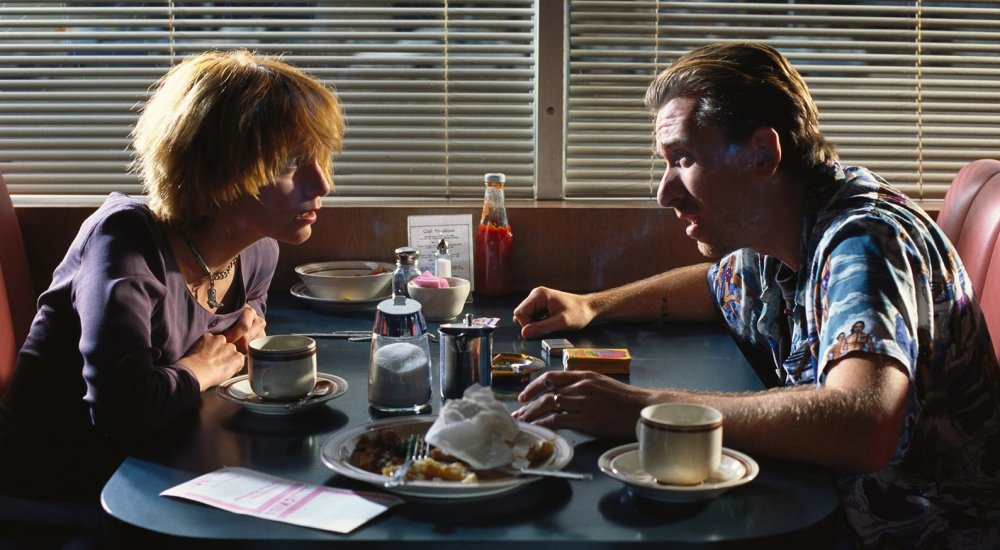
An homage to pulp magazines of the early 20th century, Tarantino’s famous film is very fittingly a series of interconnected sequences told out of chronological order. Much like Memento, Pulp Fiction’s final scene is not the end of the story. However, unlike Nolan’s thriller, the order in which the separate stories take place doesn’t seem to matter much in the grand scheme of things.
After a self-aware opening card explaining to the audience the definition of pulp, we are introduced to a seemingly friendly couple talking in a diner booth, right before they get up to rob the diner.
One of the best examples of “in media res”, as not only the scene but even the dialogue is introduced half way in, Pulp Fiction’s first scene is a great way to familiarize viewers with the unusual format that follows. Cutting right before the action and getting the feeling that the story will progress after Misirlou, only to find that a different story has begun.
As the movie progresses, peculiar characters are introduced, memorable situations play out and some stories collapse while some merge with other. It is very easy to get lost in the anarchic structure and forget the couple in the diner for the rest of the film, but the end comes back to remind you of it by connecting it with Vincent and -the now reformed- Jules’ storyline. The film comes full circle and chances are that even if you are not sure what to make of everything, you were at least entertained.
6. Pan’s Labyrinth
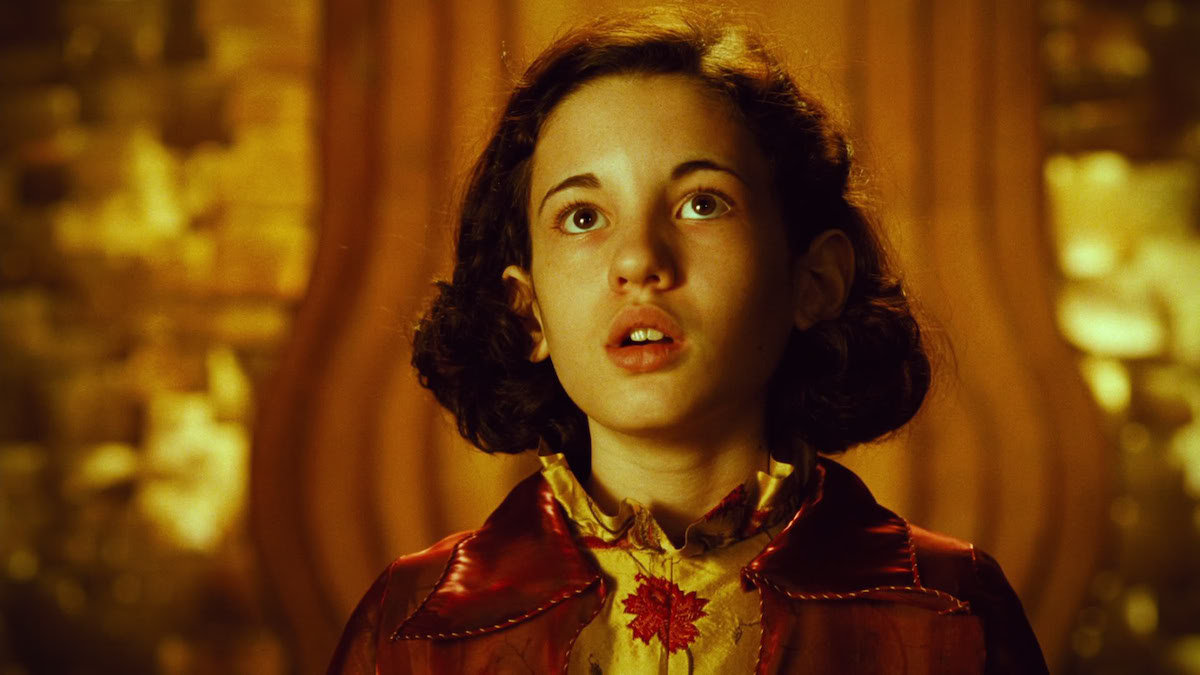
Guillermo del Toro’s Pan’s Labyrinth created a fantastical world that serves as an allegory for various political and sociological subjects. The surreal fairy tale borrowing inspiration from a number of occult sources and mythology, combines classic archetypes (the noble king, the princess in distress, the monster in the labyrinth, the heroic trials et al) into a story that is simultaneously familiar and unique.
In the opening shot, we see young Ofelia bleeding to death before the narration introduces us to the lore the film stands on. One of Princess Moanna who was led astray from her underworld kingdom and whose return is still awaited from her father.
These hints are enough to assume that Ofelia could very well be Moanna’s reincarnation. Not long after, Ofelia meets the faun, who confirms our suspicions and gives the protagonist three tasks to complete in order to return to her kingdom.
The film progresses as expected, maintaining its fairy tale origins whilst exposing viewers to a much darker world than originally anticipated. In the end Ofelia’s foretold death comes as a noble act of sacrifice, which grants her entrance to her kingdom.
Whether you choose to look at the film at face value, assume that the fairy tale parts were merely the product of an outcast teenager’s hallucination or chose to explore the various interpretations of symbolism that hinder underneath the story, Pan’s Labyrinth is a well-made, thought-provoking movie, worthy of serious contemplation.